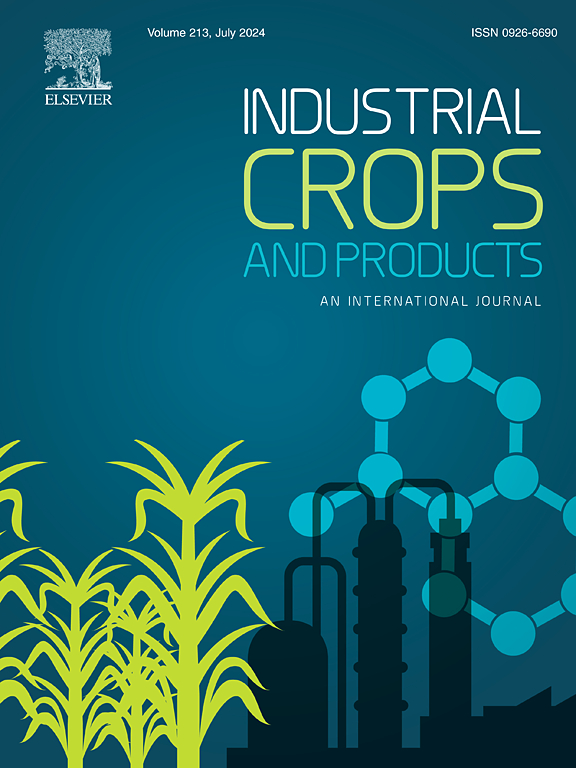A techno-economic comparison of chemical derivatives from furfural produced from bagasse at an existing sugar cane mill
IF 5.6
1区 农林科学
Q1 AGRICULTURAL ENGINEERING
引用次数: 0
Abstract
The global sugar industry is developing alternative revenue streams through product diversification, as a strategy to deal with the volatility of global sugar prices. Techno-economic analysis was conducted on chemical products derived from furfural, by utilizing and expanding the available processing capacity at an existing furfural plant annexed to a sugarcane mill. The products 2-methylfuran (2-MF), 2-methyltetrahydrofuran (MeTHF), tetrahydrofurfuryl alcohol (THFAL), maleic anhydride (MA) and tetrahydrofuran (THF) were considered as potential derivatives from the 20 000 tons per year of furfural produced by the existing plant, for which Aspen Plus® process simulations were developed. The economic analysis revealed that furfuryl alcohol production was consistently the most profitable option, achieving the highest financial net gain of US$2 million per year, with marginal changes within the viable production scales. THFAL production also showed potential profitability, yielding an average net gain of 5 million US$ per year and 3/8 probability of success, which could be improved to an 8/8 probability with a 35 % increase in the selling price. In contrast, conversion of furfural the other products consistently exhibited net financial loss. Among these, 2-MF had the smallest financial net loss, becoming profitable with a 90 % increase in the current market price for a bio-based product. THF required a 110 % increase in biobased and 120 % in fossil-based prices, while 2-MeTHF needed increments of 140 % and 160 %, respectively. Furfural conversion into MA production became profitable with fossil-based market price increases of 230–300 %. The production of bio-based MA, MeTHF and THF may be more profitable when considering intermediates other than furfural for their production, such as 5-Hydroxymethylfurfural (5-HMF), 1,4-butanediol, bio-butanol, or levulinic acid.

求助全文
约1分钟内获得全文
求助全文
来源期刊

Industrial Crops and Products
农林科学-农业工程
CiteScore
9.50
自引率
8.50%
发文量
1518
审稿时长
43 days
期刊介绍:
Industrial Crops and Products is an International Journal publishing academic and industrial research on industrial (defined as non-food/non-feed) crops and products. Papers concern both crop-oriented and bio-based materials from crops-oriented research, and should be of interest to an international audience, hypothesis driven, and where comparisons are made statistics performed.
 求助内容:
求助内容: 应助结果提醒方式:
应助结果提醒方式:


